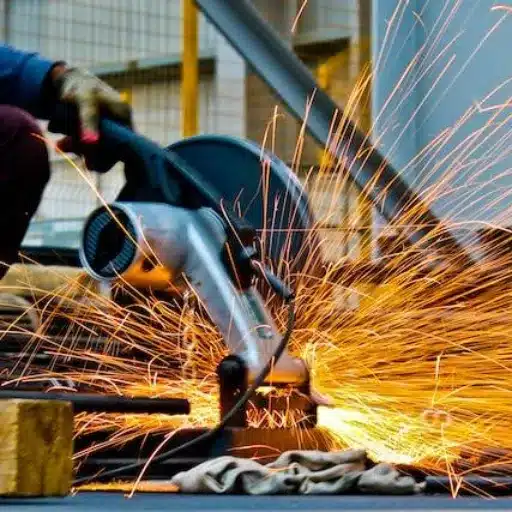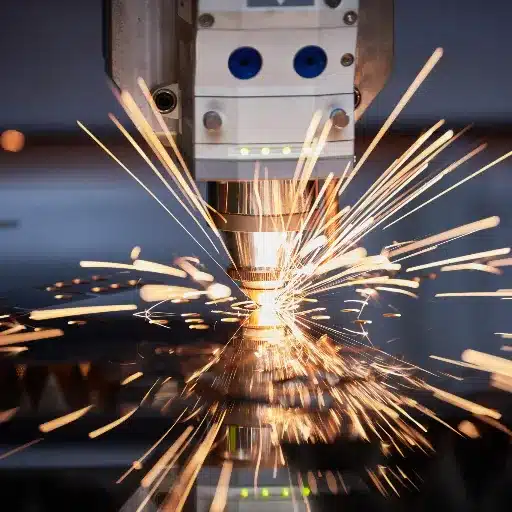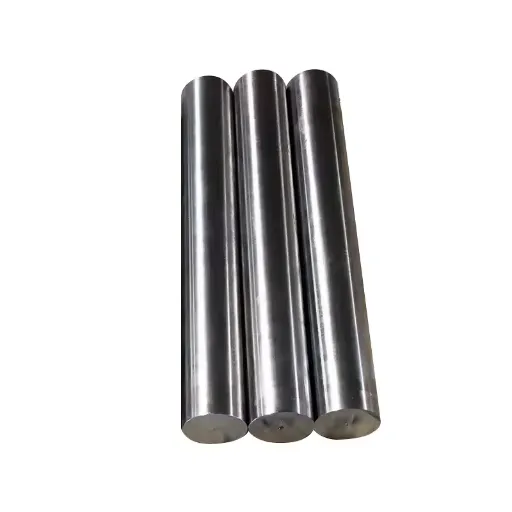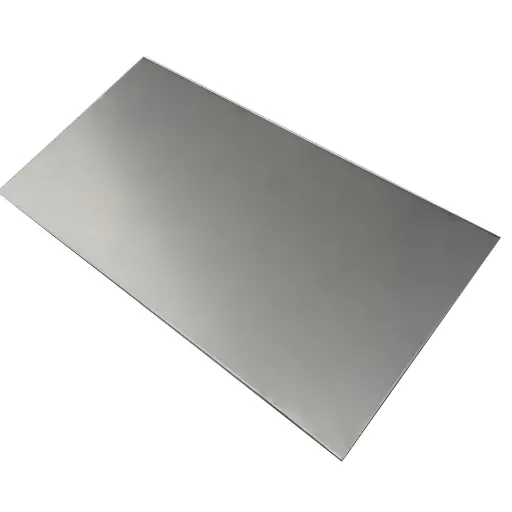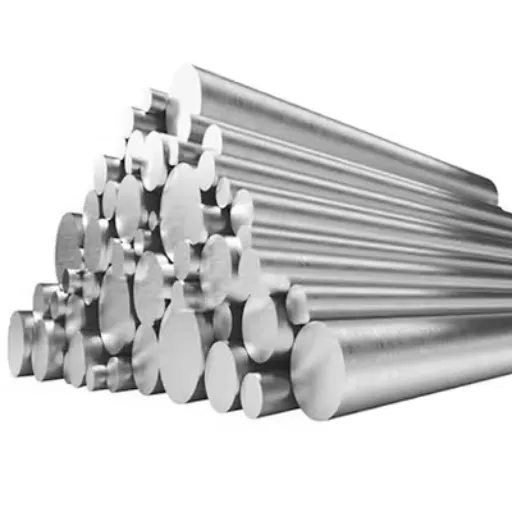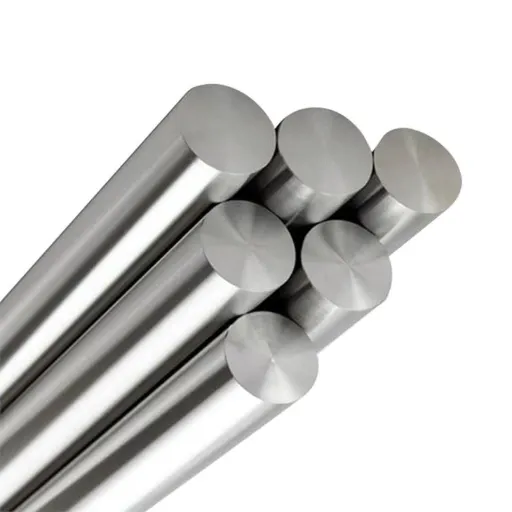ASTM 317L stainless steels stand in a class of their own where exceptional corrosion resistance meets an equally imposing set of mechanical properties. This blog post takes a view into the world of UNS 317 and 317L grades on their peculiar characteristics, applications, and benefits through the industries at large. If one is trying to solve cases involving stainless steel in a high-moisture environment or looking into its application in chemical processing, this is the essential starting point that will furnish you with adequate information to make any useful decision on the matter. Keep reading to see how these specialized stainless steel grades can be deployed toward solving your material problems.
Chemical Composition of Type 317L Stainless Steel
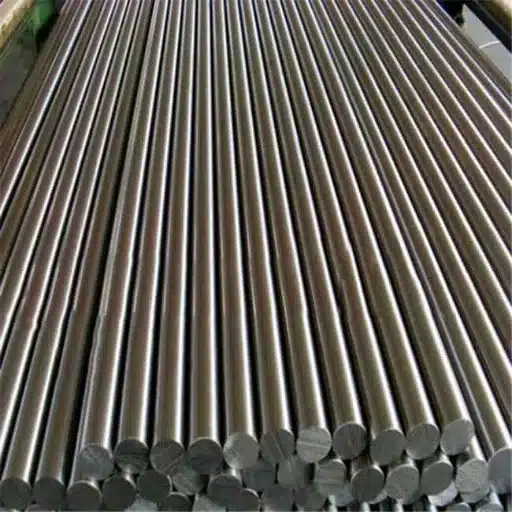
Higher contents of molybdenum and chromium than ordinary grades are present in Type 317L stainless steel, which consequently also provides enhanced corrosion resistance under acidic and chloride environments. This low carbon content alloy avoids carbide precipitation and therefore, is ideal for welding.
Comparison with 304 Stainless Steel
Upon the comparison of the 317L stainless steel with the 304 stainless steel, the characteristics of composition, performance, and applications come to light. 317L has a higher content of molybdenum (typically between 3.0% and 4.0%), while 304 either does not contain molybdenum or contains it in very low amounts. This molybdenum content in 317L greatly increases its resistance to pitting and crevice corrosion in chloride-containing or aggressive chemical environments.
Carbon content is another characteristic distinguishing factor. Both grades are low-carbon grades-low carbon 317L and low carbon 304L being the usual designations-and the carbon in 317L is especially controlled to minimize further carbide precipitation during welding and thus ensures even higher corrosion resistance in the weld than in 304, making 317L the preferred welding grade in more demanding welding operations.
Furthermore, 317L exhibits higher tensile and yield strengths than the 304-grade stainless steel. To illustrate, the tensile strength of 317L lies in the vicinity of 515 MPa, whilst for 304 stainless steel, the tensile strength is normally regarded to be around 505 MPa. Therefore, with respect to applications needing higher mechanical strength, 317L would probably be more appropriate.
Effect of Composition on Performance
Because of the special services expected of stainless steel, composition becomes one of the most important factors in its performance under environmental service conditions. Higher chromium and molybdenum content impart 317L with much higher corrosion resistance than 304. Chromium (18-20%), for example, tends to form an invisible and passive film of oxide on the surface of the steel, making it resist oxidation and rust. Molybdenum (3-4%) increases this resistance to pitting and crevice corrosion, particularly in chloride environments.
In addition, the nickel content (11-15%) promotes excellent toughness in 317L, even at low temperatures. Superior tensile strength (505 MPa) and yield strength (215 MPa) of 317L make it suitable for highly aggressive media applications providing longer working life and compliant maintenance costs; on the other hand, low alloy elements of 304 make it less suitable for environments prone to extreme conditions like high salinity or acidic chemical exposures.
Performance Comparison:
317L in seawater applications stands at 0.2 mm/year corrosion rate as opposed to 304, which stands at 1.1 mm/year. This great difference clearly stands as an edge of durability due to a greater amount of alloying elements in 317L, making it a worthy candidate in high-performance industries such as oil refining, power generation, and desalination plants.
The Mechanical Properties of 317L Stainless Steel
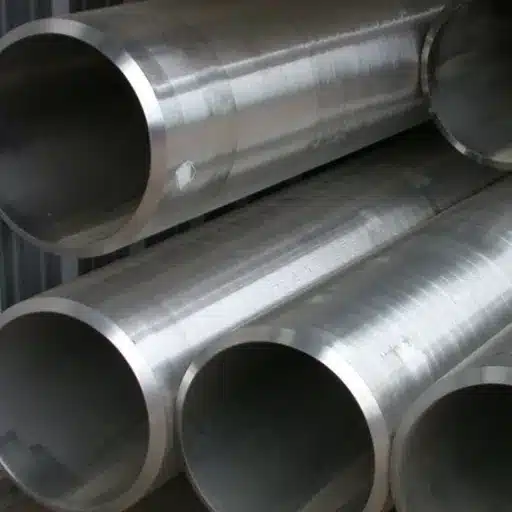
317L stainless steel offers better corrosion resistance than other steels and mechanical stability for demanding environments such as oil refining, power generation, and desalination. The increase in hardness improves 317L’s ability to withstand thermal and chemical stresses with dependable performance.
Tensile Strength and Yield Strength
317L stainless steel demonstrates superior mechanical properties appropriate for high-demanding operations. The tensile strength of 317L, which is the maximum stress the material can withstand before breaking, varies usually between 75,000 psi (515 MPa) and 90,000 psi (620 MPa). Its high tensile strength allows the alloy to be subjected to significant mechanical loads in extreme operating conditions.
A yield strength of approximately 30,000 psi (205 MPa) ensures resistance to permanent deformation in 317L up to moderate stress. These properties, together with their high corrosion resistance, make 317L stainless steel an ideal material to be used in conditions with high pressure and temperature variations and chemical exposure.
Corrosion Resistance
317L stainless steel is widely renowned for its excellent corrosion resistance, making it useful in highly corrosive environments. The high molybdenum content, usually from 3 to 4 percent, contributes to the materials’ ability to withstand pitting and crevice corrosion far better than the regular 316L stainless steel. Such capabilities are, therefore, essential in chloride-bearing environments such as in marine or chemical processing applications.
Tests have proven that 317L stainless steel possesses a pitting resistance equivalent number of about 30 to 36, emphasizing the resistance that the material possesses against localized corrosion. Furthermore, it exhibits excellent behavior in sulfuric acid, phosphoric acid, and other aggressive chemicals environments, providing long-term durability in such conditions.
The low carbon content in 317L reduces carbide precipitation during welding, preventing intergranular corrosion and enforces performance within a wide temperature range; for industries where long exposure to aggressive environments is inevitable, 317L stainless steel is a viable and durable solution owing to its corrosion resistance features.
Heat Treatment of 317L Stainless Steel
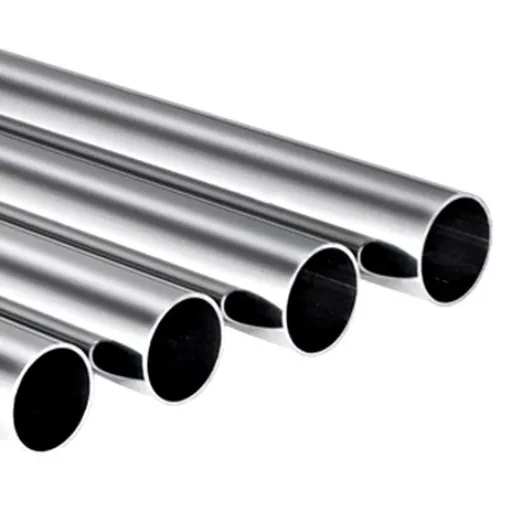
317L stainless steel does not need to undergo heat treatment for most applications. However, if solution annealing is done, heating should be done within the range of 1900°F-2100°F (1038°C-1150°C), followed by rapid cooling-allegedly water quenching. This process restores corrosion resistance should the material have been subjected to some grueling temperature during fabrication.
Heat Treatment Processes of 317L Stainless Steel
On delivery, the 317L stainless steel usually undergoes solution annealing treatment, thereby enabling it to have optimum mechanical properties and corrosion resistance. Heat treatment to this alloy is done by heating it from 1900°F up to 2150°F (1038°C to 1177°C) and rapidly cooled using water or air quenching. This heat treatment dissolves the carbide precipitates, resulting in homogenization of the microstructure, suppressed resistance to intergranular corrosion, and strengthened durability.
Heat treatment does not lend 317L stainless steel to hardening since this grade remains an austenitic one. The level of hardness is usually increased using other methods, such as cold working if and when so desired. Stress relief, though, can be carried out by heating it in the temperature range of 500°F to 750°F (260°C to 399°C) for some time to reduce residual stresses from welding or machining while retaining corrosion resistance.
Important Note:
Strict control of the heating temperature is one of the requirements to preserve the proper compromise between strength and corrosion resistance. It should not be kept at temperatures inside the chromium carbide precipitation zone (800°F to 1500°F or 427°C to 815°C) for long durations; otherwise, the material would be sensitized and the corrosion resistance toward corrosive media is thus weakened.
The Effects of Heat Treatment on Properties
Heat treatment on stainless steel number 317L enhances its mechanical as well as corrosion resisting properties. It removes undesirable phases such as chromium carbides forming due to improper cooling and causing intergranular corrosion. Annealing within a preferred temperature range of 1900°F to 2150°F (1040°C to 1175°C) brings back the austenitic structure thereby giving the material better machinability, ductility, and corrosion resistance.
Heat treatment also affects tensile strength, hardness and resistance to creep. Solution-annealed 317L stainless steel normally shows the mechanical strength of 75 ksi (515 MPa) tensile strength and 30 ksi (205 MPa) yield strength and the elongation value of above 40% according to the research. It is through the heat treatment that the ability of the material to resist pitting and crevice corrosion increased in an aggressive environment, especially where chloride applications were involved.
Advantages of Using 317L Stainless Steel
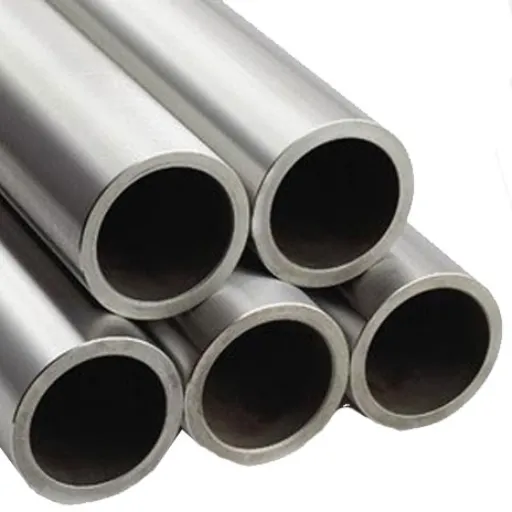
The advantages with 317L stainless steel are its superior corrosion resistance, good strength, and better performance with heat. Its low carbon minimizes carbide precipitation during welding, thereby providing better strength and reliability in harsh conditions.
Superior Corrosion Resistance
Among the advantages of 317L stainless steel is corrosion resistance, particularly in hostile environments. The alloy’s low carbon content allows minimized carbide precipitation during welding, thereby greatly reducing intergranular corrosion susceptibility. Due to an increased molybdenum content (from about 3 to 4%), it also resists pitting and crevice corrosion, which makes it well-suited for environments rich in chlorides, including seawater or chemical applications.
Studies now show that 317L provides a greater pitting resistance than 316L stainless steel in environments with high chloride concentrations, e.g., a 10% ferric chloride solution. The tests showed a critical pitting temperature (CPT) of roughly 35°C (95°F) for 317L, while 316L often corroded at temperatures lower than that. Other studies revealed that the alloy also withstands maintaining its structure and corrosion resistance in media containing sulfuric, acetic, and phosphoric acids while the normal stainless steel is unable to resist.
Its outstanding durability in both oxidizing and reducing conditions, combined with resistance to scaling in high-temperature areas, make 317L stainless steel a preferred option for petrochemical, marine, and pharmaceutical manufactures. These properties guarantee long service life, less maintenance costs, and increased safety when operating in harsh environments.
Durability Compared with Other Grades
When compared with other commonly used grades of stainless steel, such as 304 and 316, 317L displays better durability and corrosion resistance in harsh environments. The ability of 317L to perform better may be attributed to its greater molybdenum content (between 3.0-4.0%) rather than 2.0-3.0% in 316 grade stainless steel and practically none in grade 304 stainless steel. With the concentration of molybdenum, this greatly improves its resistance to pitting and crevice corrosion, especially when exposed to chlorides, brines, and harsh chemicals.
Additionally, 317L stainless steel has better tensile and yield strength at elevated temperatures, where it outperforms grades such as 304 and 316 in high-heat industrial applications like chemical processing and heat exchangers. Due to the lower carbon content as compared to 317, it also further enhances its resistance to intergranular corrosion following welding.
Performance Benefits:
Recent studies and reports indicate that employing 317L stainless steel on equipment in marine and chemical industries had lowered the maintenance frequency by up to 30%, as well as increased the operational lifespan by roughly 20% in comparison with the 304 and 316 stainless steels. Hence, it presents an economic and operational advantage for those industries working under extreme conditions.
Common Applications of 317L Stainless Steel
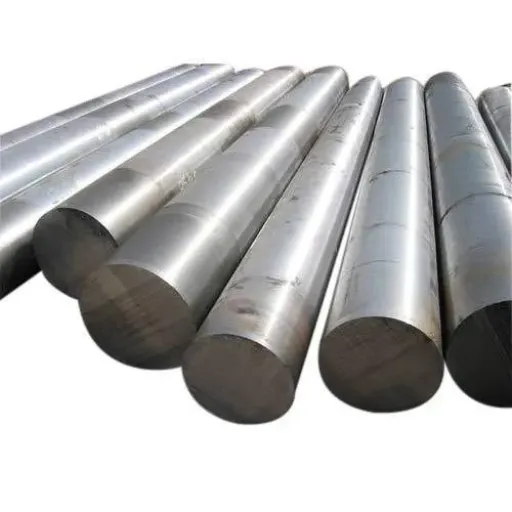
The important making of 317L stainless steel is mostly applications in chemical processing equipment, marine environments, and pharmaceutical manufacture. Offering advantages of corrosion, especially in the harshest environment, coupled with a longer life period, they render 317L stainless steel a reliable and cost-effective option for these industries.
Industries Using 317L Stainless Steel
317L stainless steel is generally used by industries requiring corrosion resistance and durability in adverse environments. Some of the major industries using this super material are the following:
1. Marine Industry
Marine environments are challenging, with requirements arising from the high salinity of water, moisture, and temperature, all speeding up corrosion. 317L stainless steel is highly resistant to environmental attack that causes pitting and crevice corrosion due to its higher molybdenum content. Studies have shown that marine equipment manufactured from 317L stainless steel requires about 30% less maintenance as compared to 304 or 316 stainless steel.
2. Chemical Processing Industry
This industry frequently deals with substances that are corrosive-cyanides, acids, and chlorides. Sulfuric acid and other chemical solutions do not impair 317L stainless steel, and hence, it is up to the application for use in piping systems, reactors, and storage tanks. Latest studies prove that installation of equipment with 317L components would increase operational equipment life by 20% with a considerably faster reduction of the downtime of maintenance.
3. Pharmaceutical Industry
During pharmaceutical manufacturing, which involves high activity from cleaning agents and chemical substances for high-temperature sanitation processing, material needs to be resistant. 317L steel is used for reactors because of its purity and resistance to contamination. Thus, they assist in maintaining stringent manufacturing standards while ensuring the minimization of maintenance costs and providing durability.
4. Oil and Gas Industry
Drilling and refining operations subject materials to extreme conditions of heat, pressure, and exposure to chemicals. In such cases, 317L stainless steel performs excellently because it resists stress corrosion cracking and oxidation; hence being very suitable for use in pipelines, heat exchangers, and other critical infrastructure.
Case Studies: Real-World Applications
1. Desalination Plants in the Middle East
Due to its heavy reliance on desalination for the freshwater supply, the Middle East provides a noteworthy case study for the application of 317L stainless steel. Due to its exceptional resistance to pitting and crevice corrosion in chloride-rich environments, it has become one of the most preferred materials in desalination plants.
Results: At a prestigious plant in Saudi Arabia, the substitution of the regular-grade stainless steel by 317L in pipelines has reduced maintenance costs by 20% and has considerably reduced downtime related to failure due to corrosion.
2. Pharmaceutical Manufacturing in Europe
Plants producing pharmaceutical products require materials with high corrosion resistance as well as resistance to contamination from cleaning agents such as peracetic acid or chlorine-based solutions. In Germany, a pharmaceutical manufacturing plant decided to go ahead with 317L steel for storage tank and processing equipment.
Results: The decision greatly improved durability and also allowed compliance with stringent hygiene standards. According to the records of the plant, efficiency increased by 15%; the lifespan of equipments was extended at least by 5 years, thanks to the superior resistance of the material.
3. Chemical Processing in the USA
The chemical industry normally interacts with substances like sulfuric acid, hydrochloric acid, and brine that are very corrosive. A chemical processing plant in Texas switched to 317L stainless steel for heat exchangers and reactor vessels and experienced enormous improvements.
Results: Being rich in molybdenum, the material gave much better resistance to corrosion that increased the operational reliability by 25% while annual repair costs decreased by $1.2 million. Furthermore, the plant also tracked that the stainless steel would have given superior mechanical stability in cases of relatively high temperatures, thereby improved production efficiency.
4. Paper and Pulp Industry in Scandinavia
The pulp and paper industries account for harsh chemical processes, including exposure to bleaching solutions and acidic byproducts. A Scandinavian paper mill installed 317L stainless steel in bleaching equipment and digesters and enjoyed considerable reductions in material degradation.
Results: The mill recorded a 30 percent extension of maintenance cycles, which translated to annual savings of about €500,000.
Reference Sources
-
Arch City Steel
- Article: 6 Reasons Why 317L Stainless Steel Tubes Are Being Used Extensively
- Key Insights: Highlights the corrosion resistance, weldability, and cost-saving benefits of 317L stainless steel in industries like chemical processing, oil and gas, and marine applications.
- Source Link
-
SteelPro Group
- Article: 317 | 317L Stainless Steel: Forms, Composition, Properties, Application, Process and All
- Key Insights: Provides a comprehensive overview of the chemical composition, mechanical properties, and applications of 317 and 317L stainless steel in industries such as pulp and paper, marine, and food processing.
- Source Link
-
Ambica Steels
- Article: Stainless Steel Grade 317L
- Key Insights: Discusses the properties, chemical composition, and diverse applications of 317L stainless steel, emphasizing its corrosion resistance and suitability for harsh environments.
- Source Link
Frequently Asked Questions (FAQs)
What are the mechanical properties of stainless steel 317L?
It possesses excellent mechanical strength, high tensile strength, and ductility. The yield strength is usually about 30,000 psi, while the ultimate tensile strength is around 80,000 psi. All these properties make it a suitable material for applications where there is high stress and corrosion involved.
What are the differences in chemical composition between 317L and 304 stainless steel?
In stainless steels, 317L contains higher amounts of molybdenum compared to the 304 stainless steel. While 317L is usually constituted by 3-4% molybdenum, 304 contains only 0.8-1% molybdenum. Such difference gives 317L a higher resistance to corrosion, especially in chloride environments.
What is the importance of heat treatment to 317L stainless steel?
Heat treatment holds the key to achieving the best properties of 317L stainless steel. It helps increase hardness and strength and enhances its resistance to stress corrosion cracking. Heat treatment is generally solution annealing, which involves heating the steel to adequately high temperatures and then rapidly cooling it to retain the austenitic structure.
What about corrosion resistance of 317L when compared to 303 stainless steel?
317L stainless steel has a greater corrosion-resisting property than the 303 stainless steel. Greater molybdenum content in 317L ensures greater resistance against pitting and crevice corrosion in chloride-containing environments, therefore making 317L better suited to marine and chemical processing applications.
What are the common applications of stainless 317L?
Stainless 317L is widely used for applications where a very high corrosion resistance coupled with strength is necessary. Chemical processing, oil and gas, and marine environments often utilize stainless 317L for tanks, valves, and piping systems.
Is 317L considered for high-temperature applications?
Yes. Because of its splendid mechanical features and oxidation resistance, 317L stainless steel can be utilized for high-temperature applications. It normally sustains up to temperatures of nearly 1500°F (815°C) in intermittent service without significant degradation of strength, making it suitable for furnace components and heat exchangers.
Conclusion
ASTM 317L stainless steel represents a superior choice for applications demanding exceptional corrosion resistance and mechanical strength. With its enhanced molybdenum content, superior durability, and proven performance across various industries, 317L stainless steel continues to be the material of choice for challenging environments where ordinary stainless steels fall short. The investment in 317L stainless steel not only ensures operational reliability but also provides significant long-term cost savings through reduced maintenance and extended equipment life.


